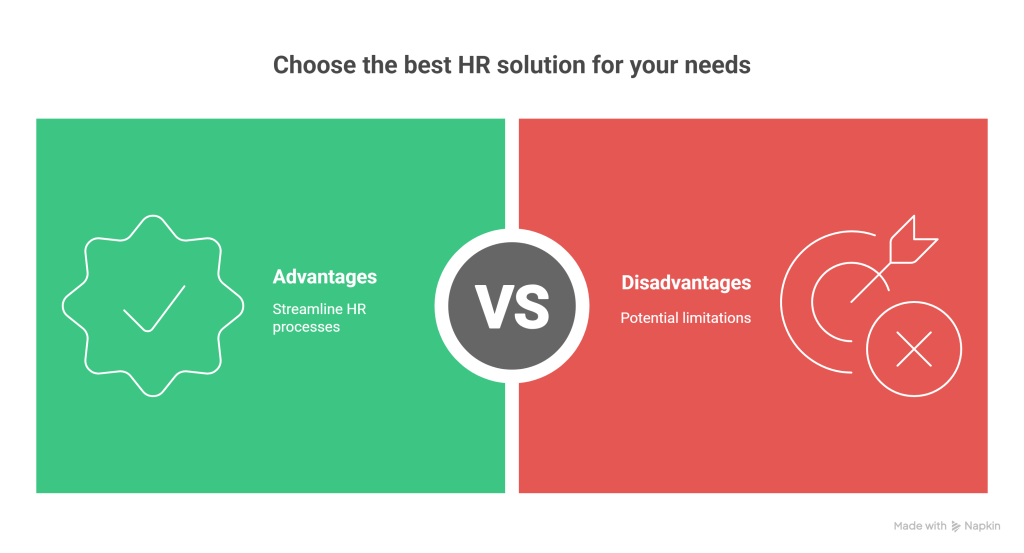Contents
Summary
HRM Human Resource Management is a SaaS-ready PHP script built for HR teams, startups, and agencies. It offers payroll, attendance, leave, and user roles – in one modern dashboard. Fast to install, customizable, and developer-friendly. 👉 Buy HRM Human Resource Management on CodeCanyon
What Is HRM Human Resource Management?
HRM Human Resource Management is a powerful PHP script designed to simplify HR tasks like payroll, attendance, and leave management.
It’s ideal for developers, small businesses, SaaS founders, and freelancers who want to launch a modern HRM system quickly.
👉 Check it out on CodeCanyon
Key Features of HRM Human Resource Management
-
Complete payroll and salary management
-
Attendance & leave tracking
-
Employee profiles & role-based access
-
Expense & account management
-
Holiday calendar and notifications
-
Simple, clean user dashboard
-
Built with Laravel (easy to customize)

Pros and Cons
| Pros | Cons |
|---|---|
| SaaS-ready PHP script saves dev time | Requires PHP hosting and database |
| Modern design and easy interface | Limited native integrations |
| Quick setup and clear documentation | Might need custom features for large firms |
| Affordable one-time purchase | No mobile app by default |
Installation and Setup Guide
Installation steps:
-
Upload the script files to your PHP-supported hosting server
-
Create a MySQL database and user
-
Run the web installer to finish setup
-
Configure company details, roles, and payroll settings
Requirements:
-
PHP 7.x or newer
-
MySQL 5.x or newer
-
Shared hosting, VPS, or dedicated server
👉 Full setup guide in the official documentation.
Pricing and License Options
| License Type | Example Price | Best For |
|---|---|---|
| Regular License | $XXX | Single company, no SaaS resale |
| Extended License | $XXX | SaaS, multi-client, or selling subscriptions |
👉 Buy HRM Human Resource Management on CodeCanyon: http://1.envato.market/VmKVrE
Final Verdict – Is It Worth Buying?
HRM Human Resource Management is an affordable, SaaS-ready PHP script for anyone needing HR tools fast.
Great for agencies, startups, and developers wanting to skip months of coding.
If you want modern design, core HR features, and easy setup – it’s worth it.
👉 Buy HRM Human Resource Management on CodeCanyon
FAQs
Q1: Can it be used for SaaS?
Yes – with the Extended License.
Q2: What hosting do I need?
Any PHP 7.x+ and MySQL hosting.
Q3: Is payroll included?
Yes – built-in payroll and salary modules.
Q4: Can I customize it?
Yes – built with Laravel, so developers can extend it.
Q5: Does it support multiple users?
Yes – with role-based permissions.




1 thought on “HRM Human Resource Management Review – Complete PHP HR Solution”